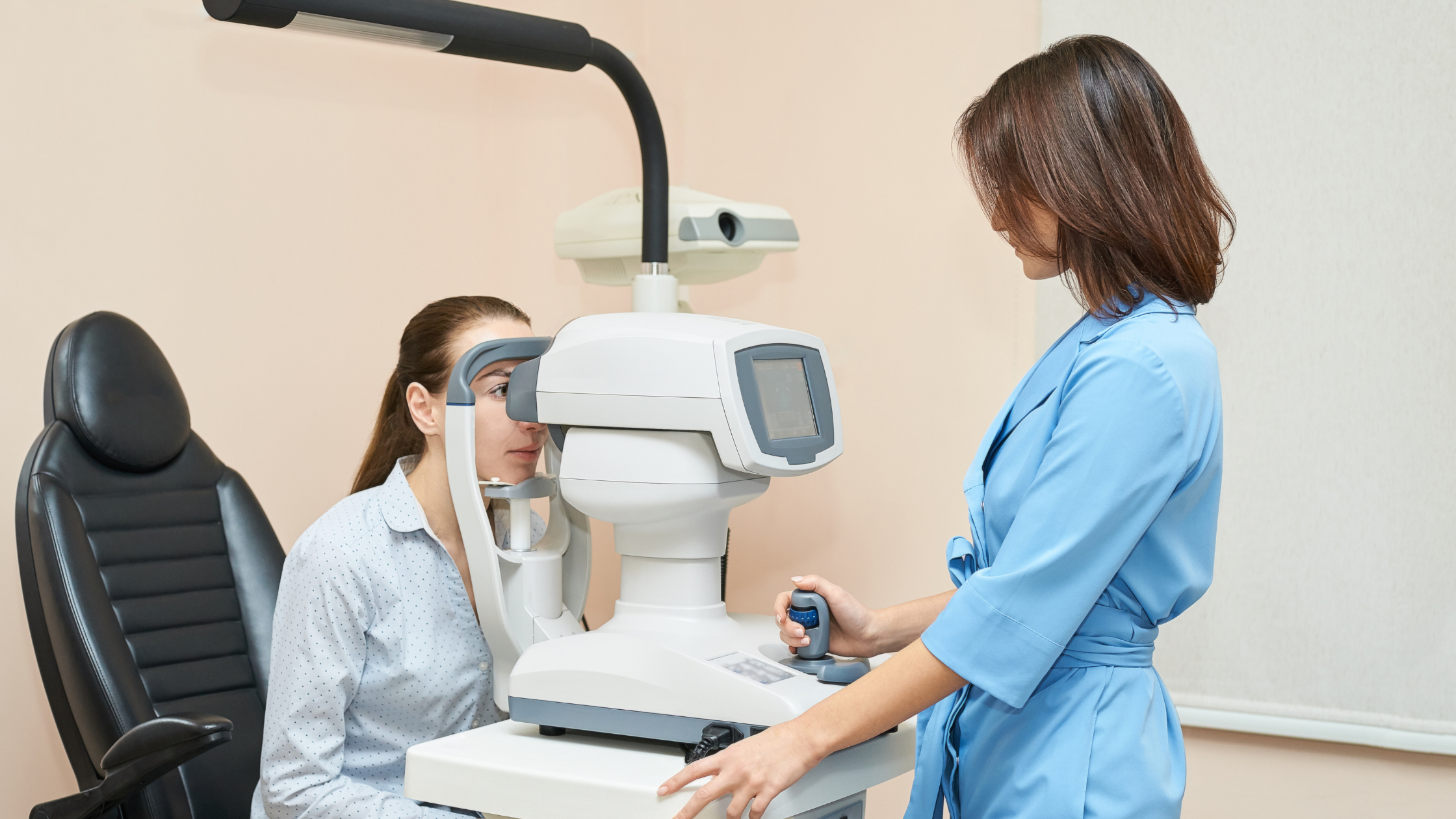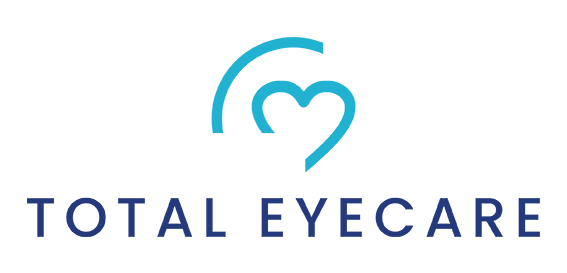
24 Jul The Role of Advanced Technology in Eye Exams: Enhancing Accuracy and Efficiency
At Total Eyecare, we are committed to providing our patients with the highest standard of care. One of the ways we achieve this is by staying at the forefront of technological advancements in the field of optometry. In recent years, advanced technology has revolutionized the way we conduct eye exams, allowing for greater accuracy, efficiency, and patient comfort. In this blog, we will explore the role of advanced technology in eye exams and how it enhances our ability to diagnose and manage various eye conditions.
Optical Coherence Tomography (OCT):
One of the most significant advancements in eye care is the introduction of Optical Coherence Tomography (OCT). This non-invasive imaging technology allows us to obtain detailed, cross-sectional images of the retina, optic nerve, and other structures within the eye. With OCT, we can detect and monitor conditions such as macular degeneration, glaucoma, and diabetic retinopathy with unparalleled precision. By capturing high-resolution images, we can detect subtle changes in the eye, enabling early intervention and more effective treatment.
Digital Retinal Imaging:
Digital Retinal Imaging is another valuable tool that we utilize during eye exams. This technology allows us to capture high-resolution images of the back of the eye, including the retina and optic nerve. These images provide a comprehensive view of the eye’s health, assisting in the early detection of conditions like retinal detachments, tumors, and optic nerve abnormalities. Digital retinal imaging is quick, painless, and provides a baseline for future comparisons, helping us monitor any changes in your eye health over time.
Corneal Topography:
Corneal topography is a diagnostic tool that creates a detailed map of the curvature of the cornea, the transparent front surface of the eye. This technology is particularly beneficial for assessing corneal irregularities, such as astigmatism or keratoconus. By accurately measuring the shape of the cornea, we can customize contact lens fittings, plan refractive surgeries, and monitor the progression of certain eye conditions.
Automated Refraction Systems:
Gone are the days of manually flipping lenses during the refraction process. Advanced automated refraction systems allow for a more precise and efficient measurement of your refractive error. These systems utilize advanced algorithms to determine your prescription, minimizing subjective errors and providing a more accurate prescription for glasses or contact lenses. Automated refraction not only saves time but also ensures a more comfortable experience for our patients.
Enhancing the Patient Experience:
The integration of advanced technology in eye exams not only improves diagnostic accuracy but also enhances the overall patient experience. Patients no longer need to worry about discomfort or long wait times. Advanced imaging techniques are non-invasive and provide instant results, allowing for faster diagnosis and treatment planning. Moreover, the visual representation of eye conditions through advanced technology facilitates better patient understanding, empowering them to actively participate in their eye care journey.
Advanced technology has significantly enhanced the accuracy and efficiency of eye exams, allowing for early detection, precise diagnosis, and tailored treatment plans. At Total Eyecare, we embrace these advancements to provide our patients with the highest level of care. By incorporating tools such as OCT, digital retinal imaging, corneal topography, and automated refraction systems, we ensure that our patients receive the most accurate diagnoses and the most effective treatments available. Schedule an appointment with us today to experience the benefits of advanced technology in eye care.



